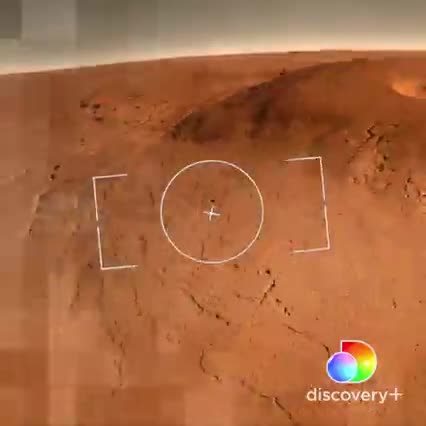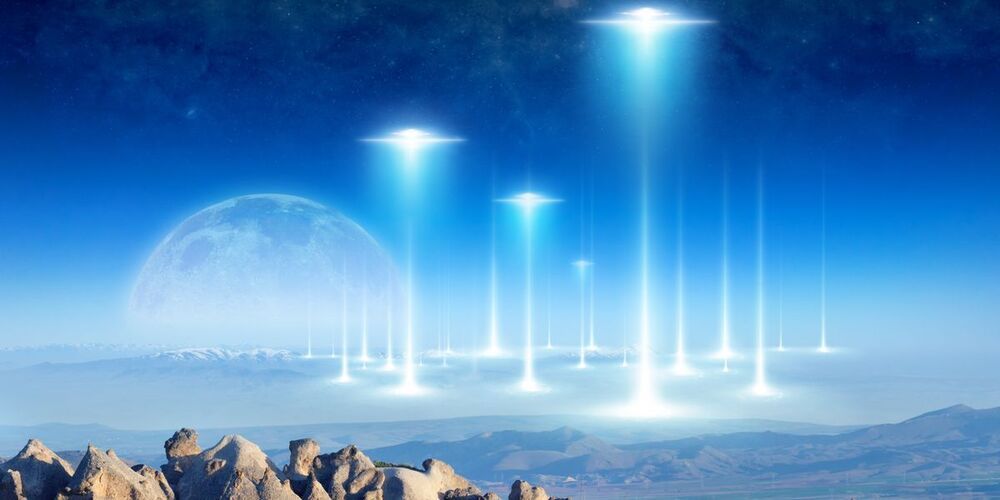https://youtube.com/watch?v=PuCuw3c6ga4&feature=share
Neil degrasse tyson, science, neil tyson, neil degrasse tyson (organization leader), tyson, neil, astrophysics, degrasse, cosmos, space, universe, earth, startalk, ndt, aliens, mars, comedian, atheist, chuck nice, hayden planetarium, god, physics, astrophysicist, asteroid, comedy, atheism, interview, star talk, mkbhd, stars, time.






